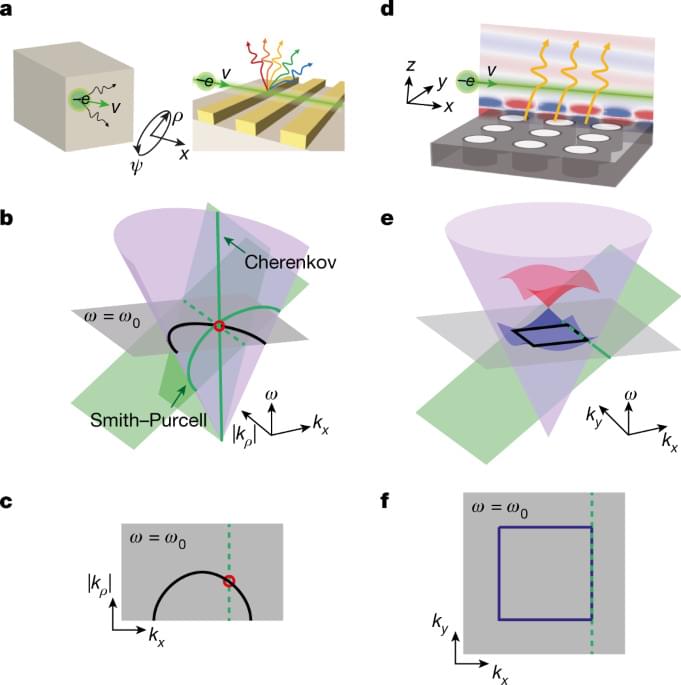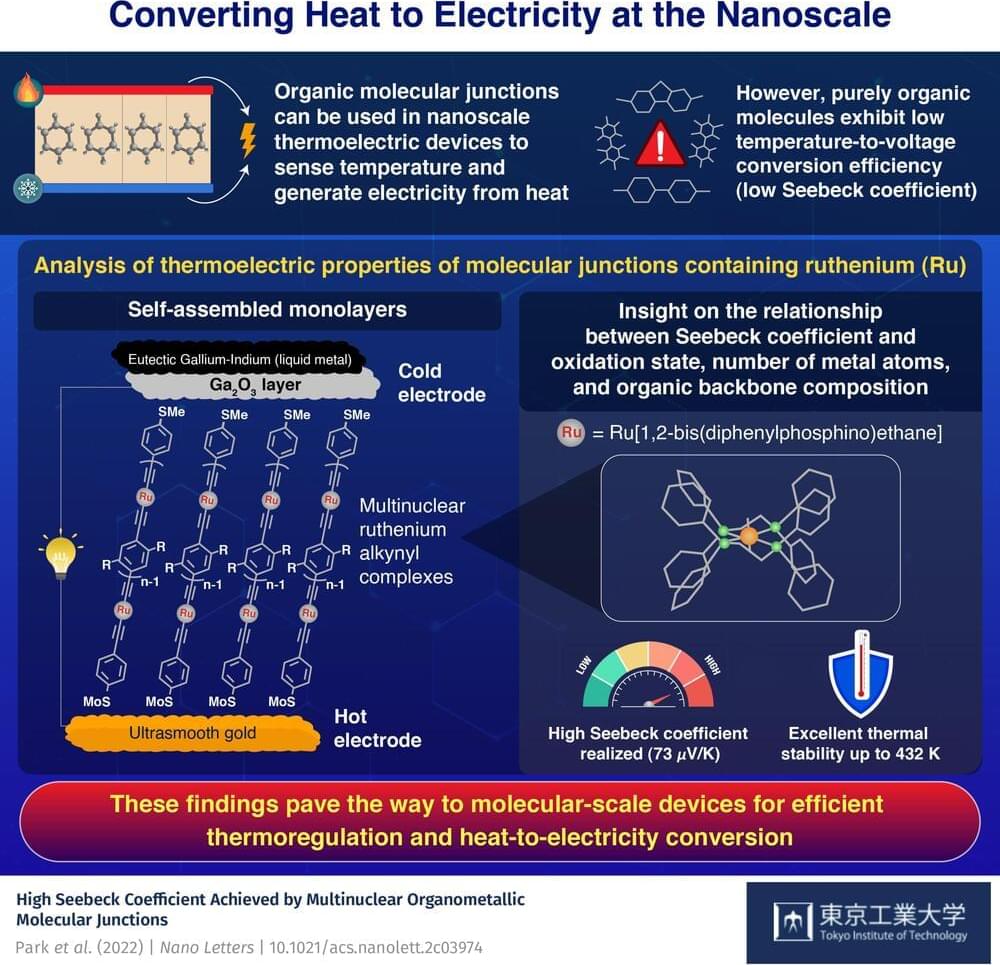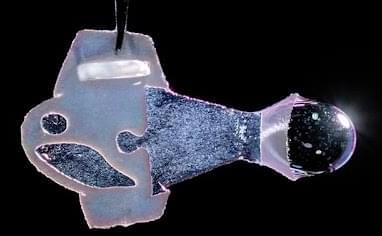Jan 8, 2023
99% Efficiency: Princeton Engineers Have Developed a New Way To Remove Microplastics From Water
Posted by Quinn Sena in categories: energy, engineering, food
Princeton Engineering researchers have developed a cost-effective way to use breakfast foods to create a material that can remove salt and microplastics from seawater.
The researchers used egg whites to create an aerogel, a versatile material known for its light weight and porosity. It has a range of uses, including water filtration, energy storage, and sound and thermal insulation. Craig Arnold, the Susan Dod Brown Professor of Mechanical and Aerospace Engineering and vice dean of innovation at Princeton, leads a lab that focuses on creating new materials, including aerogels, for engineering purposes.
One day, sitting in a faculty meeting, he had an idea.

















